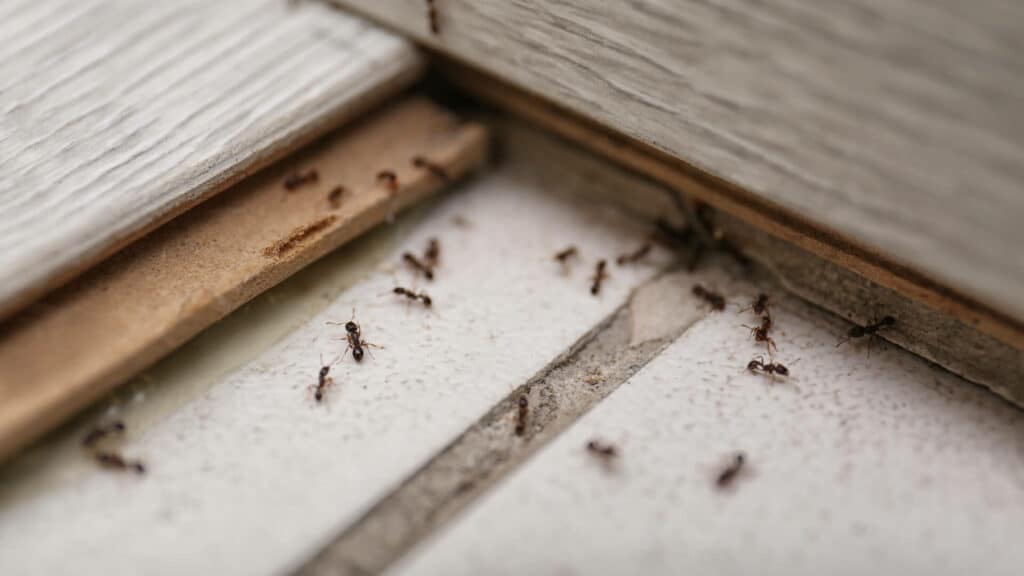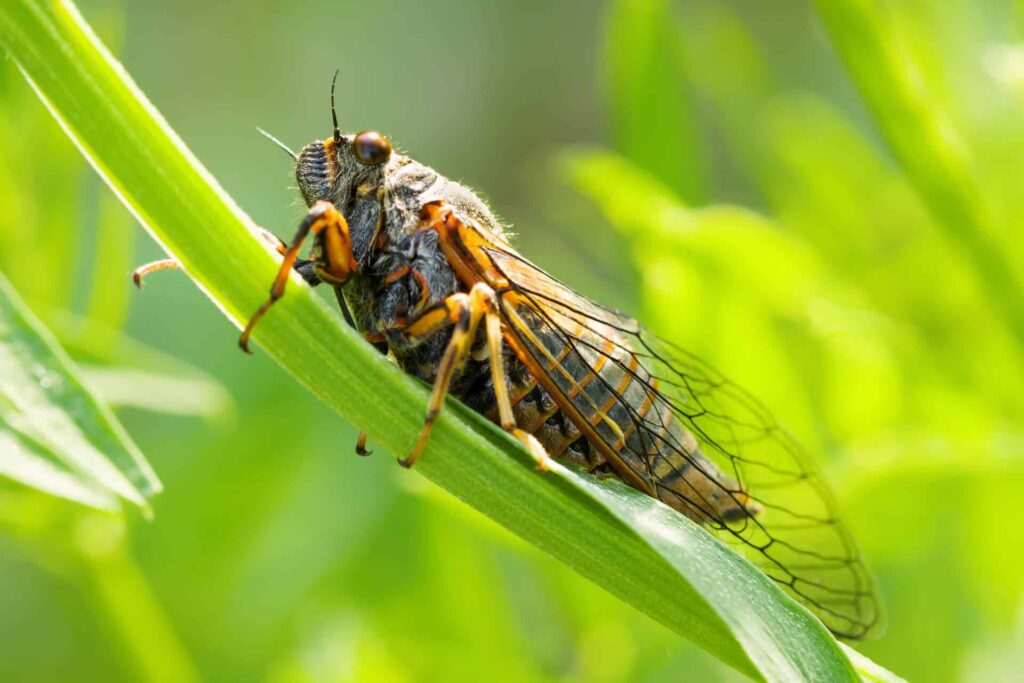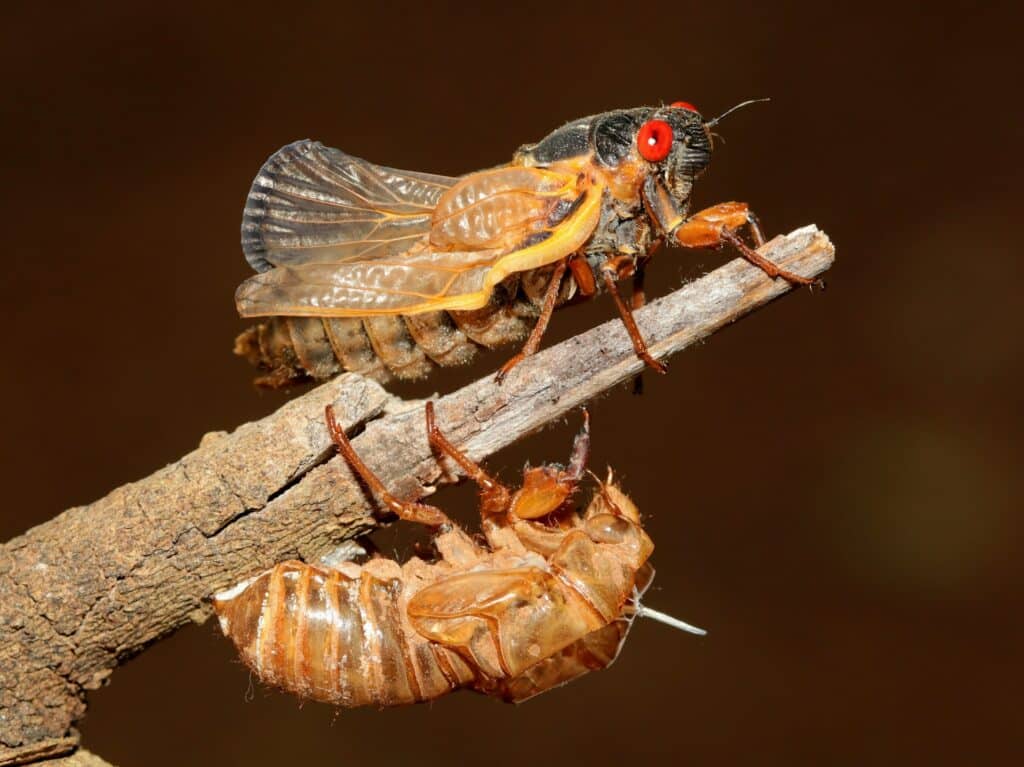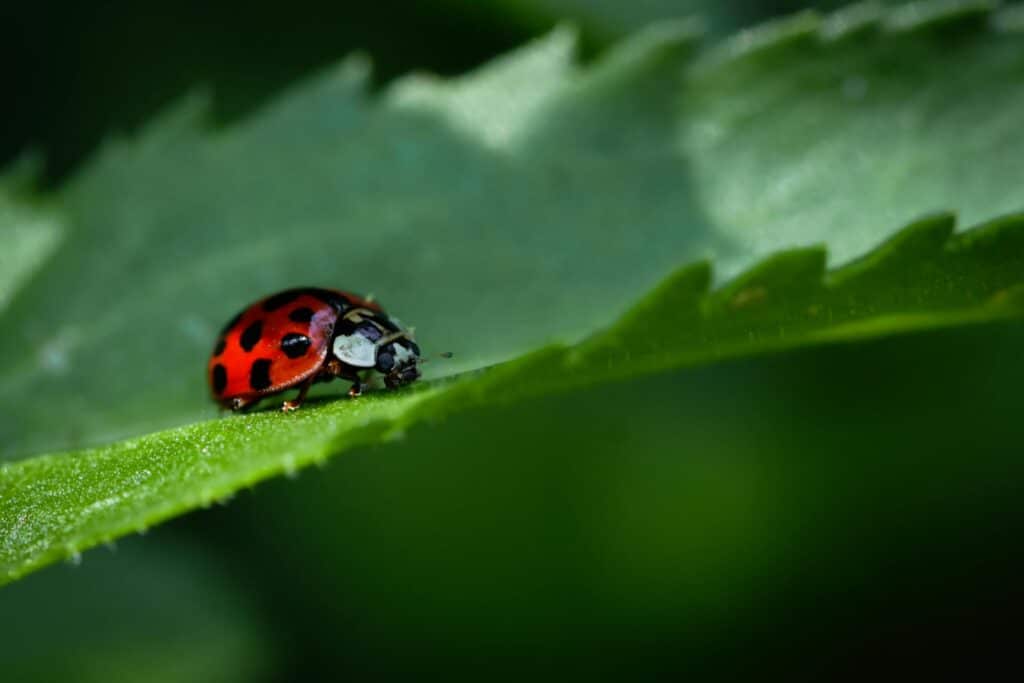
Have you ever turned on a light in your bathroom only to see a scurrying, pincer-wielding insect? You might have encountered an earwig if you live in a damp climate or have a garden. While these insects might appear menacing, they are more scared of you than you are of them. That doesn’t mean you want them in your home, though.
This guide will explain what attracts earwigs to your home and how to eliminate them effectively.
Why Earwigs Are Attracted to Your Home
Earwigs are drawn to moisture, so it’s no surprise that your home might attract them with its potential for damp areas. Here’s a closer look at what might be making your house appealing to these unwanted guests:
- Moisture: Earwigs need moisture to survive. Leaky pipes, overflowing gutters, and excessively damp basements create the perfect breeding ground for these insects.
- Food sources: Earwigs are omnivores with a preference for decaying organic matter. This includes leaf litter, mulch, and food crumbs.
- Shelter: Earwigs are nocturnal and prefer dark, damp crevices for shelter. These can be found in cracks in your foundation, behind peeling wallpaper, or underneath piles of clutter.
3 Earwig Entry Points: How They Get Into Your Home
Now that you know why earwigs find your home appealing, let’s identify the most common entry points:
- Cracks and gaps: Earwigs can squeeze through small openings. Inspect your foundation, window frames, and door thresholds for cracks or gaps.
- Vents and openings: Vents around your foundation and dryer vents can be access points for earwigs. Ensure they are properly screened.
- Door sweeps: A faulty door sweep is an easy entry point for earwigs. Your door sweeps should make good contact with the floor.
6 Steps to Remove an Earwig Infestation
If you’re dealing with an earwig infestation, taking swift action is key to preventing these pests from spreading. Follow these steps to remove earwigs from your home effectively:
- Locate infestation areas: Identify where earwigs are most active, focusing on damp, dark places like basements, bathrooms, and under sinks.
- Eliminate moisture sources: Address any moisture issues by fixing leaky pipes, clearing clogged gutters, and using dehumidifiers in damp areas.
- Clear potential hiding spots: Remove piles of leaves, mulch, and other debris from around your home’s foundation. Reduce clutter in storage areas and avoid leaving wet towels or clothes on the floor.
- Seal entry points: Inspect your home for cracks and gaps that earwigs might use to enter. Seal these openings with caulk or weatherstripping.
- Set traps: Use simple traps like rolled-up newspapers, damp cardboard, or bowls filled with oil to catch earwigs overnight. Dispose of the traps in the morning.
- Apply insecticides: If earwigs persist, apply insecticidal sprays or dusts specifically labeled for earwigs in areas where they are active. Follow the instructions carefully for safe use.
Earwig Infestation Prevention: 4 Strategies & Best Practices to Keep Them Out
In addition to the steps to eliminate earwig infestation, here are some tactics you can use to prevent these pests from invading your properties:
- Yard maintenance: Keep your yard free of debris like leaf litter and fallen branches. Rake up leaves regularly and avoid letting mulch pile up directly against your foundation.
- Inspect your properties regularly: Check your home and yard for signs of earwig activity at least once a month to catch early signs of an infestation.
- Set preventive treatments: Schedule seasonal treatments with a professional pest control service every three months to keep earwigs and other pests at bay.
- Get professional help: Consider calling a professional pest control service if your earwig infestation is overwhelming. They have the expertise and tools to manage the problem with tailored earwig pest control service.
Keep Earwigs Out with Aptive
Don’t let earwigs make themselves at home—take action now. You can maintain a comfortable living space by addressing the factors that attract these pests and sealing off their entry points.
If you’re dealing with a serious infestation or want to ensure long-term prevention, contact Aptive. Our expert team is ready to help you create a tailored pest control plan that keeps your home cozy and well-protected from pests.









